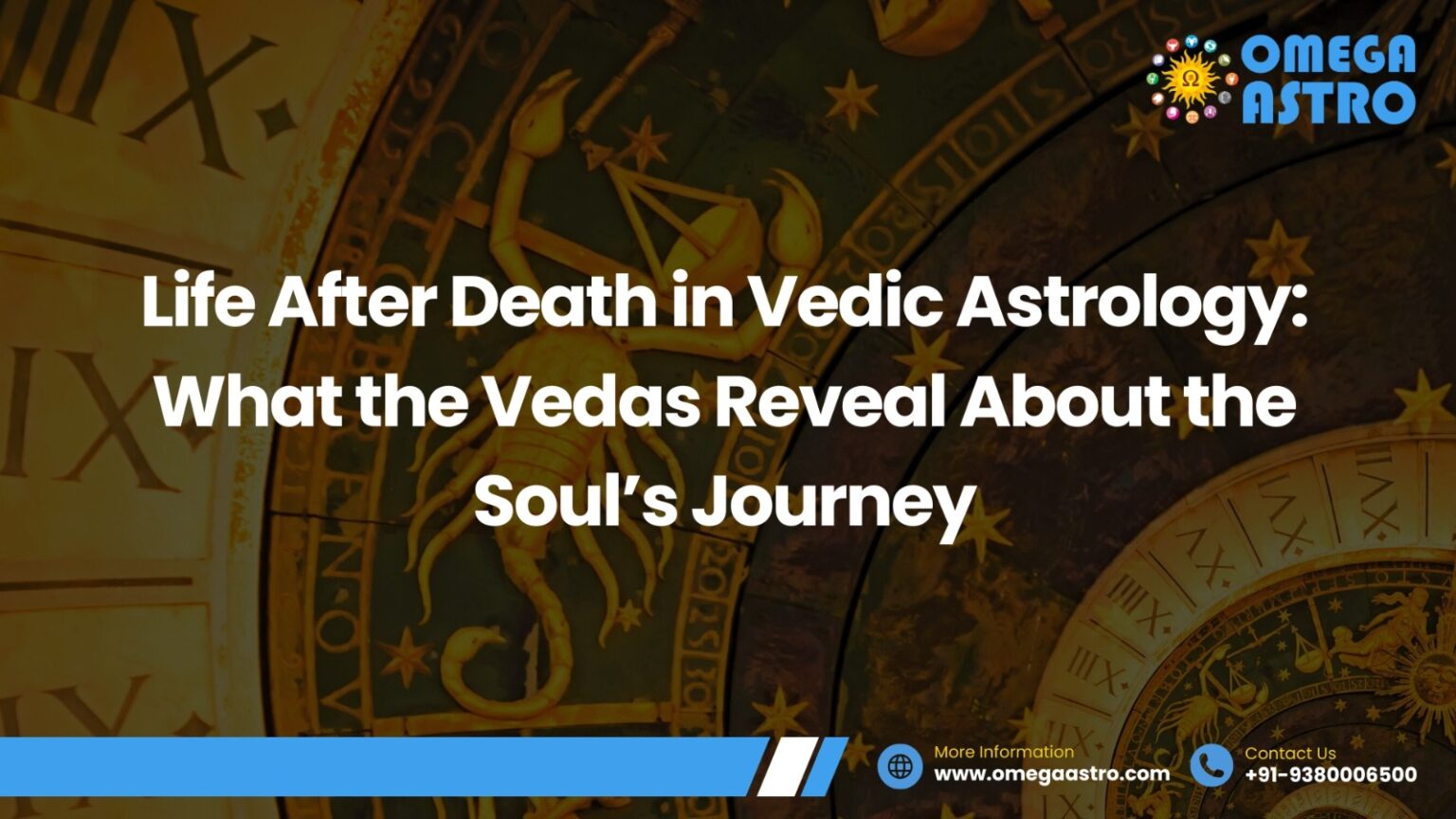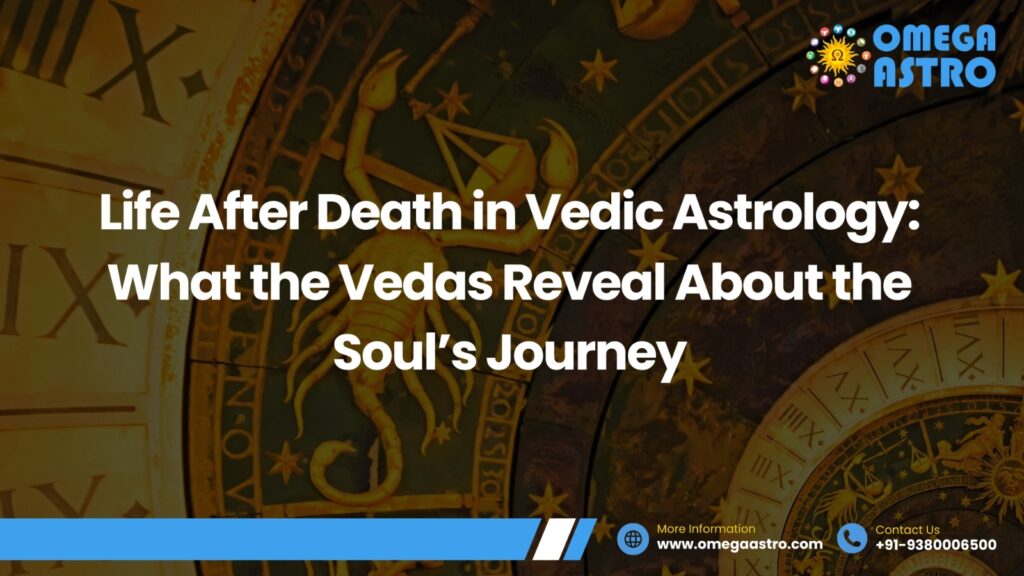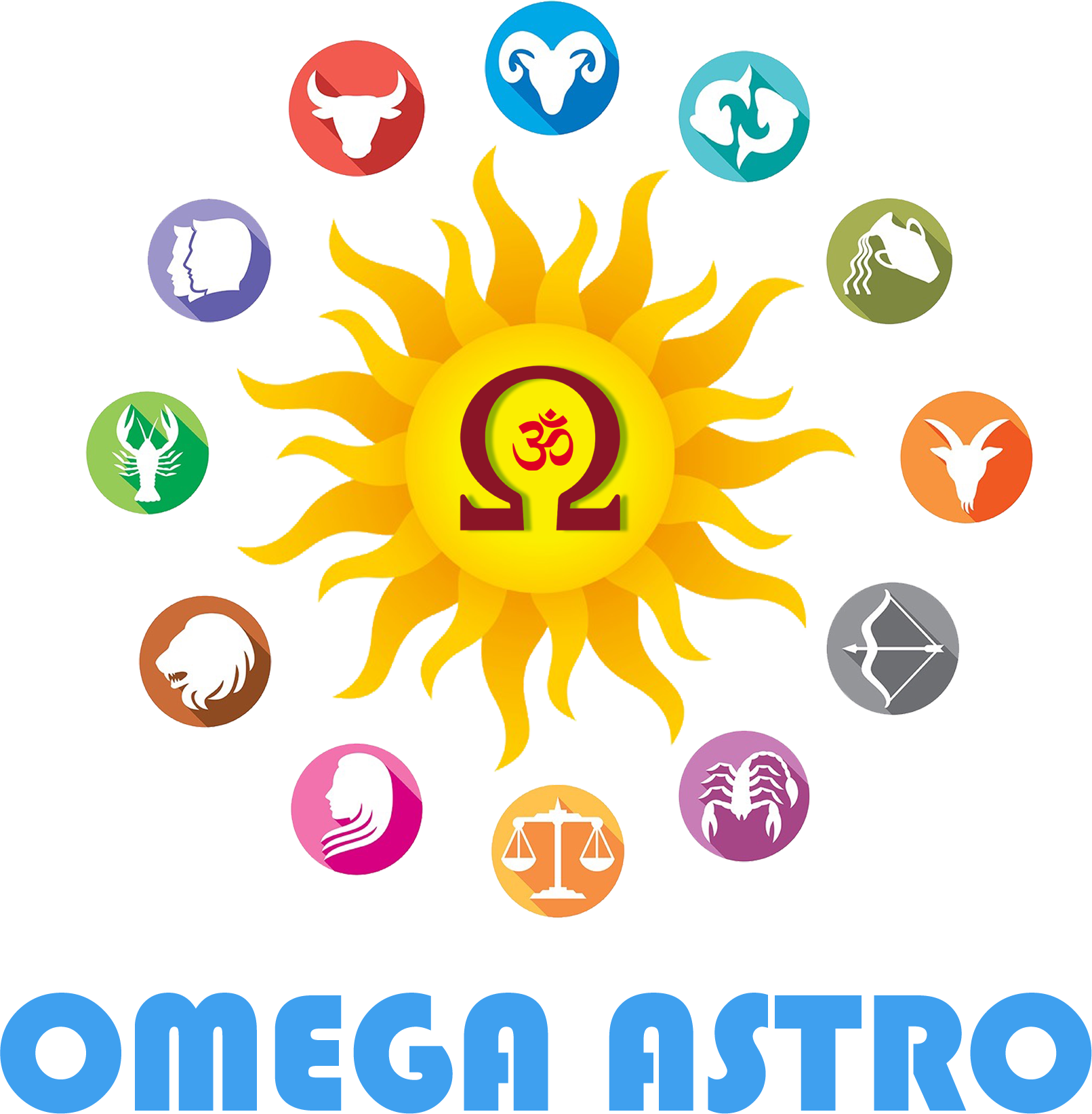One of life’s greatest mysteries has captivated attention across the globe for centuries: what happens when someone dies? The answer to the question depends on the culture or religion one belongs to. When it comes to Vedic Astrology, the Vedas, and certain branches of Hinduism, the answer is: life after death does not end with death. Instead of concluding the journey of life, life after death allows a new phase to begin. In this view, the soul continues its journey until it reaches final liberation, or moksha.
Such a view of death helps explain the principles of Karma, rebirth, and spiritual growth, and is the foundation of all Vedic wisdom. Now, let’s delve into the Vedas and uncover the soul’s journey in the spirit world.
The Soul: Eternal and Unchanging
With the Vedas in reference, one can say the body is temporary, but the soul (Atman) is eternal. The soul does not die. Instead, it changes form, like clothes coming on and off the body. The soul is born many times until it learns all its lessons, pays off its karmas, and advances to a new, higher spiritual place.
As affirmed in the Bhagavad Gita, death is not the end, but a transformation. The soul is a divine spark, and it continues to move and act until liberation is achieved.
What Happens at the Moment of Death?
When a person dies, the soul departs from the physical body, which is the final stage of a body’s life. The ‘subtle body’ made up of the mind, emotions, and the impressions of past deeds, moves to a new destination. The type of death, the mental state at the time of death, and the balance of karmas determine the soul’s destination.
As explained by the Vedas, the last moments of a person’s life after death greatly influence the desires and thoughts that follow them in their next life. If the person dies with a calm mind and with positive karma, the soul moves to a higher realm or continues with better spiritual progress.
The Journey After Death: A Transition Phase
According to Vedic Astrology, after death, the soul travels through various planes as a result of the body’s death, and the transition period depends on the soul’s karmas.
There are primarily 3 possibilities after death.
- Rebirth on Earth
When a soul has unpaid karmas, it is reborn in a new body to continue learning and evolving.
- Higher Spiritual Realms (Swarga)
Souls that do noble acts along with spiritual practices are granted time in positive, divine realms.
- Lower Realms (Naraka)
Souls that carry negative karma are assigned to suffer as a means to pay off their harmful deeds so that they can start a new life.
These realms are resting places while the soul prepares for their next birth.
Also Read: Divine Rhythms of Time: How Lord Vishnu, Shiva, and Brahma Govern the Cosmic Cycle
Understanding the Part Karma Plays in Life and Death
Karma is the universal law of cause and effect. Each of our actions—any thought, word, and deed—creates a consequence. Good karma results in happiness and positive growth, while bad karma results in challenges and suffering that we have to go through.
Since the soul is unaffected by physical death, it means that the soul will carry the imprints of karma, and those will be the soul’s memories for the next life after death. Karma explains why some people have to bear bad health and are rich, and why some people are poor and healthy, for those are the results of karma and actions from a past life.
The knowledge of karma enables a compassionate worldview.
The Use of Vedic Astrology in Understanding Our Past Life and Future Life
According to Vedic Astrology, the soul’s journey is articulated in a document known as the birth chart (Janam Kundli). In it, the chart outlines:
Karma from our past life
- The purpose we currently serve in this life
- The path our soul is to work on for spiritual growth
- The challenges our soul is meant to remedy
- The possible path of the soul post-death
The Cycle of Learning and Reincarnation
People have a misconception that rebirth is a form of punishment, while the reality is that it is meant to provide more learning opportunities. The soul is meant to take birth repeatedly until it can break the cycle of suffering. Each soul is meant to grow, improve its karma, and work towards the ultimate goal of enlightenment.
The cycle continues until the soul achieves absolute purity, complete divine knowledge, and detachment.
Moksha: The Final Goal
Moksha, the ultimate goal of the soul in Vedic wisdom, is the soul’s freedom from the birth and death cycle. The soul unites with the Supreme Consciousness and enjoys unending bliss, happiness, and peace.
Moksha is attained through the following:
- Self-realization
- Getting rid of ego and desires
- Abiding by truth and righteousness
- Devotion and spiritual practices
Once the soul’s karmas are all balanced, will it reach liberation?
Conclusion
The Vedas show us that life after death is beyond the physical form. Even after death, the soul is learning. Vedic Astrology helps us see this divine journey and path, revealing past karmas, present duties, and the future.
At Omega Astro, we help individuals see and understand these important insights.
For more transformative wisdom and spiritual clarity, reach out to Omega Astro—your trusted partner on the path of enlightenment and clarity.







